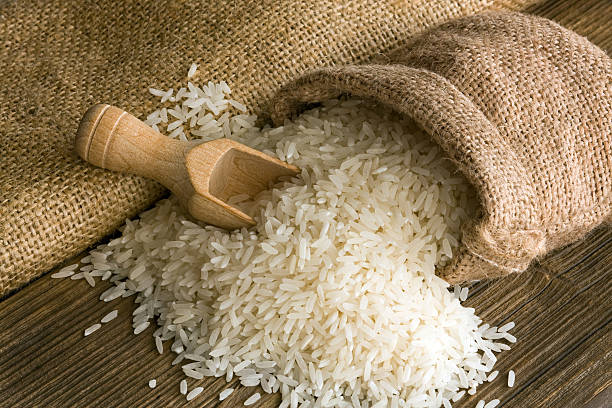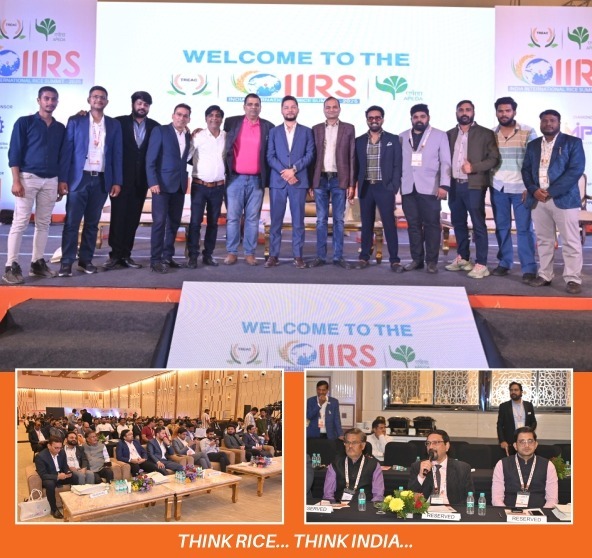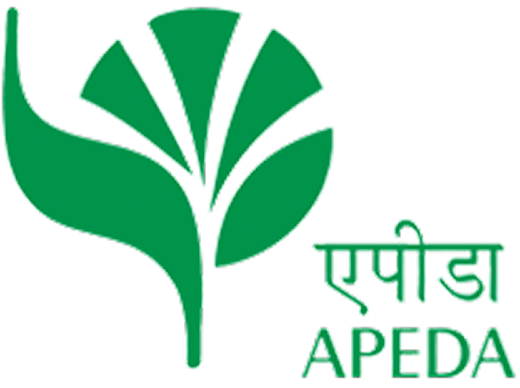TREACG
The Rice Exporters Association C.G.
About – India International Rice Summit(IIRS)

The India International Rice Summit (IIRS) is a leading platform shaping the future of India’s rice industry. Organized by The Rice Exporters Association Chhattisgarh (TREACG) with support from Agriculture and Processed Food Products Export Development Authority (APEDA) and the Trade Promotion Council of India(TPCI), Ministry of Commerce & Industry, Government of India,the Summit brings together key national and international stakeholders across the rice value chain.IIRS serves as a knowledge-driven, collaborative, and future-focused forum where industry leaders, policymakers, researchers, millers, exporters, technology providers, logistics partners, financial institutions, and international buyers converge under one roof.The summit aims to drive innovation, promote sustainability, strengthen trade opportunities, and build a strong global presence for India's rice sector through meaningful dialogues, expert sessions, and networking opportunities. At its core, IIRS focuses on empowering the Indian rice ecosystem—connecting stakeholders, fostering partnerships, and enabling a forward-looking, competitive, and globally aligned rice industry.
500+
Importers,Millers & Exporters
80+
Govt. Officials
250+
Rice Export & Allied Industry Representatives
1000+
Total Visitors

Key Objectives
Our summit focuses on critical areas that will shape the future of the rice industry

Global GI Rice Promotion
Showcasing India’s GI rice worldwide to build premium recognition and market demand.

Export-Ready Farming
Improving seed quality and modern practices to boost productivity and export suitability.

MSME & Trade Growth
AddressSupporting MSMEs with buyers, technology, and partnerships to expand global reach.

Nutrition & Innovation
Strengthening India’s FRK (Fortified Rice Kernel) leadership with sustainable and innovative agri value-chain development.
Exhibitors at IIRS - India International Rice Summit

Exhibitors at the India International Rice Summit 2026 represent a wide and dynamic spectrum of stakeholders across the entire rice export value chain. The exhibition will bring together rice milling machinery manufacturers, millers, exporters, packaging solution providers, dry-bag suppliers, quality testing and inspection technology companies, fumigation service providers, Customs House Agents (CHAs), logistics partners, and independent surveyors— all under one platform.This diverse participation will offer attendees a comprehensive view of the latest innovations, technologies, and services shaping the future of India’s rice export ecosystem.A dedicated “Experience Zone” will be one of the key highlights of the event, where visitors can enjoy live tasting of unique and region-specific rice varieties. This interactive space will provide an engaging opportunity to experience India’s rich and diverse rice portfolio first-hand, showcasing the distinct aromas, textures, and culinary characteristics that make Indian rice globally renowned.


Visitor Profile
A Glimpse of the Delegates and Audiences Participating at IIRS 2026
International buyers & importers
Traders & wholesalers
Retailers & distributors
Farmers & FPOs
Export promotion councils
Researchers & academicians
Policy makers & government officials
Supply chain professionals


Why You Should Attend?
Join us for an unparalleled experience that combines knowledge sharing, networking, and business growth opportunities.
Network with Industry Leaders
Connect with top exporters, importers, and decision-makers from around the world.
Gain Market Insights
Learn about emerging trends, pricing strategies, and market opportunities in rice trade.
Policy Discussions
Participate in discussions on government policies, regulations, and trade agreements.
Business Development
Explore partnerships, collaborations, and export opportunities to grow your business.
Explore Innovative Ideas
Discover fresh perspectives and strategies to enhance efficiency and sustainability in rice trade.
Global Outlook
Understand global trends and sustainability practices shaping the future of the rice sector.

Event Details
Mark your calendar and join us at this prestigious event

Date
TBD
Date TBD
Time
TBD
Daily Schedule
Venue
TBD





